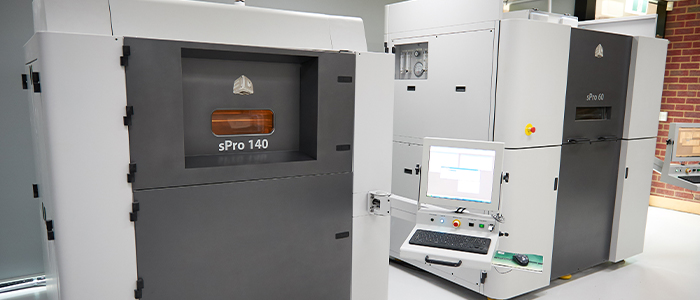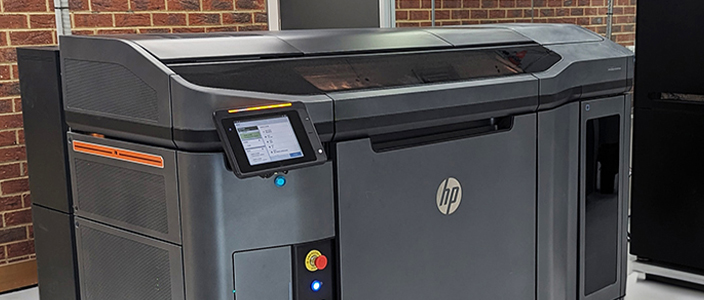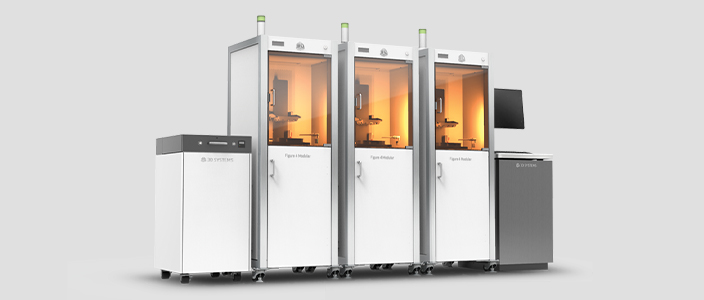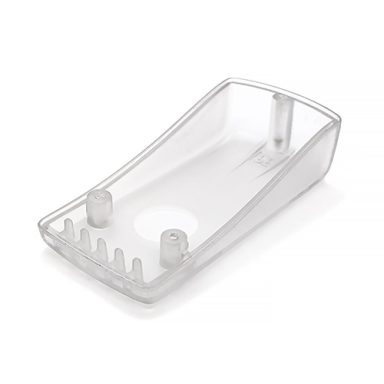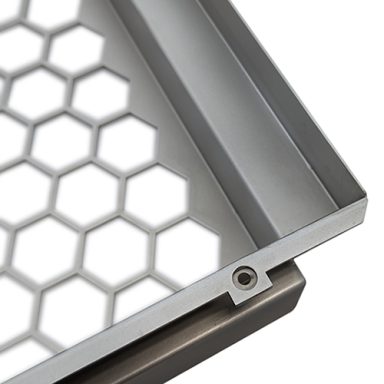Comparing Additive Manufacturing Technologies
April 19, 2023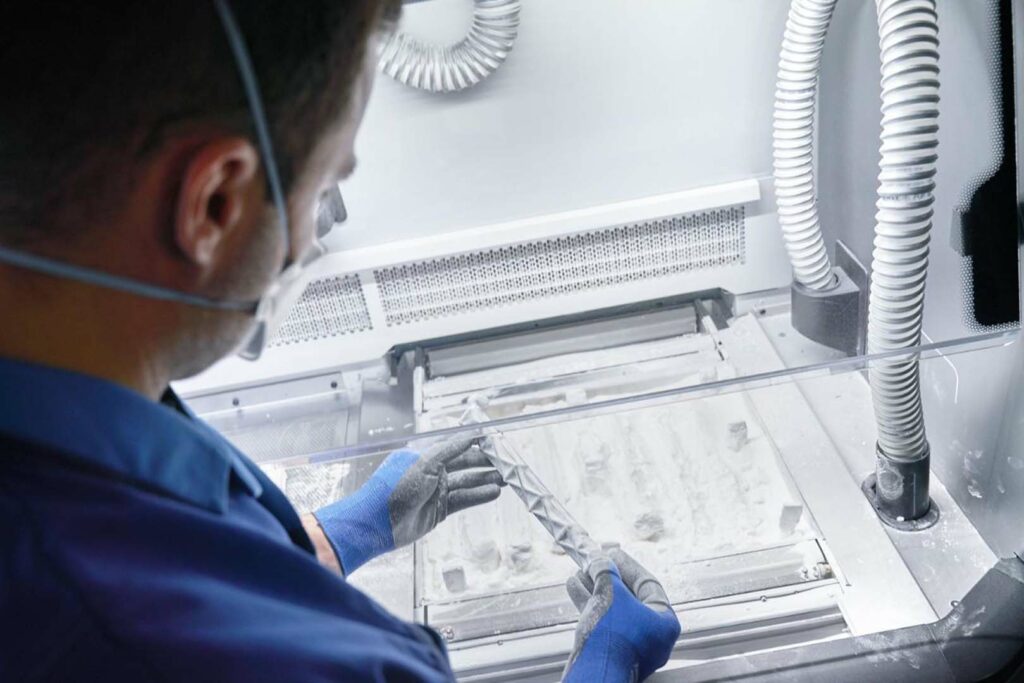
Additive manufacturing has revolutionised the manufacturing industry and with so many technologies available, it can be challenging to determine which one is best suited for a particular application. In this blog post, we will compare three key additive manufacturing technologies, including SLS, MJF, and DLP, to help you make an informed decision.
It’s important to note that we’re solely focused on additive manufacturing as a production method, and not as a prototyping tool. Additive manufacturing is an ideal replacement for injection moulded parts, especially for production runs of 50, 100 or 1,000, and offers many benefits in terms of speed, flexibility, and cost-effectiveness. With that in mind, let’s take a closer look at the different technologies available.
Selective Laser Sintering (SLS)
SLS uses a laser to selectively fuse powdered materials together to create a solid part. This technology is particularly useful for creating accurate and complex geometries and parts with intricate internal features, as the powder acts as its own support structure during the printing process. SLS is also capable of producing parts with high accuracy and surface quality.
Strengths:
- Capable of producing complex geometries and internal features
- Offers high accuracy and surface quality
- Can produce parts with high mechanical strength
- Can produce large parts or high throughput of large volumes of smaller parts with build sizes up to 550mm x 550mm x 450mm
- Various materials including PA11, PA12 & various composite PA12’s
Weaknesses:
- Can exhibit less strength in the ‘Z’ direction
- Not ideal for creating parts with sharp corners or edges
Multi Jet Fusion (MJF)
MJF is a relatively new technology that uses a multi-jet printhead to selectively fuse powder material. It can produce parts with good accuracy, excellent surface quality and density, making it ideal for applications such as functional prototypes, end-use parts, and complex geometries.
Strengths:
- Capable of producing complex geometries and internal features
- Offers excellent mechanical strength in all axes
- Can produce parts with good accuracy and high surface quality
- Several materials including PA11 & PA12.
Weaknesses:
- Limited selection of materials compared to other technologies
- Printers are locked to one material
- Larger parts may be susceptible to warping or distortion during printing
Digital Light Processing (DLP)
DLP uses a projector to selectively cure liquid resin layer-by-layer, creating a solid part. It is like SLA in terms of accuracy and surface quality, but it can be faster and more cost-effective. However, the size of parts is usually limited.
Strengths:
- Excellent surface finish and accuracy often comparable to injection moulded parts
- Faster and more cost-effective than some other technologies
- Can produce parts with intricate details and features
- Wide range of available resins with varying material properties
Weaknesses:
- Requires supports for overhangs and internal features
- Requires post curing to obtain desired functional properties
- Limitations in size due to small build volume
Comparing the Technologies
When comparing these three technologies, there are several factors to consider, including cost, speed, accuracy, material properties, and the complexity of the part.
Cost: MJF is generally the more affordable technology, followed by SLS, and DLP
Speed: DLP and SLS are typically the fastest technologies, followed by MJF.
Accuracy: DLP and SLS are the most accurate technologies, followed by MJF.
Material Properties: Each technology has its own set of compatible materials, and the properties of those materials can vary greatly.
Ultimately, the best technology for your application will depend on your specific needs and requirements. Our team of highly experienced staff can assist you in your decision-making process and help you choose the right technology for your project.
Conclusion
In conclusion, additive manufacturing technologies offer a wide range of options for creating custom parts and prototypes. By understanding the strengths and weaknesses of each technology, you can make an informed decision on which one to choose. Whether you need high accuracy, speed, or material properties, SLS, MJF, and DLP are all viable options that can help you achieve your manufacturing goals.
